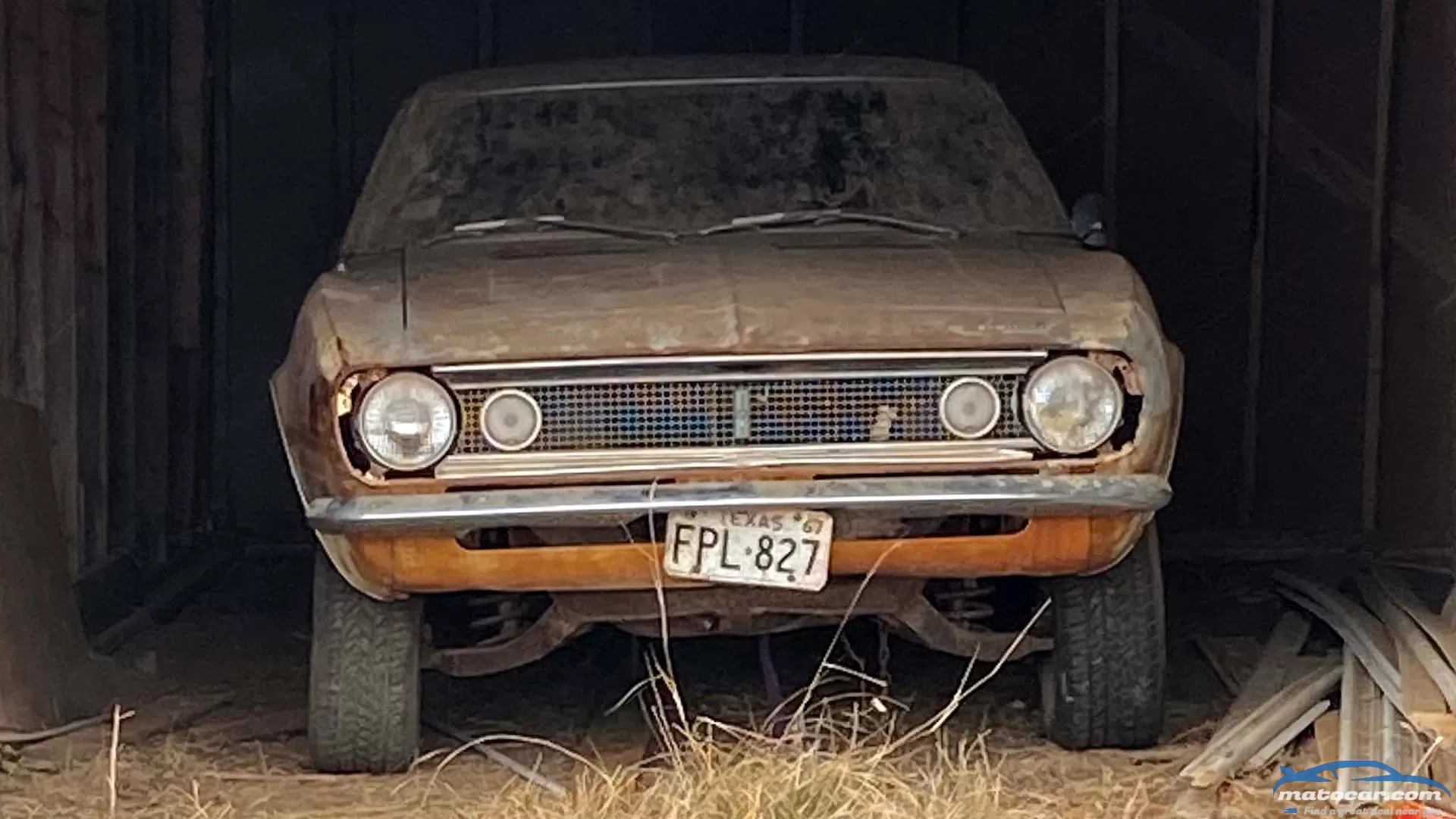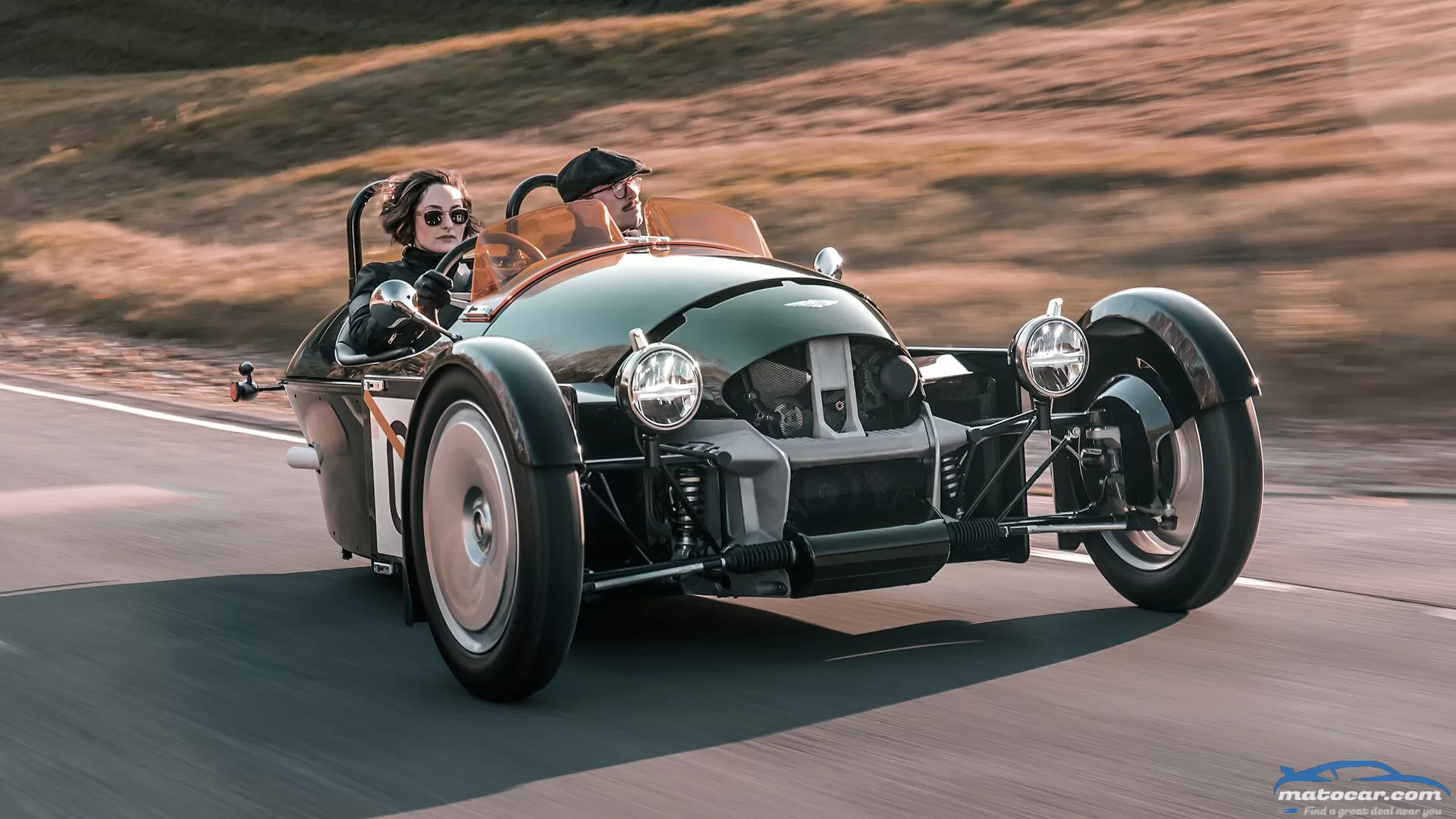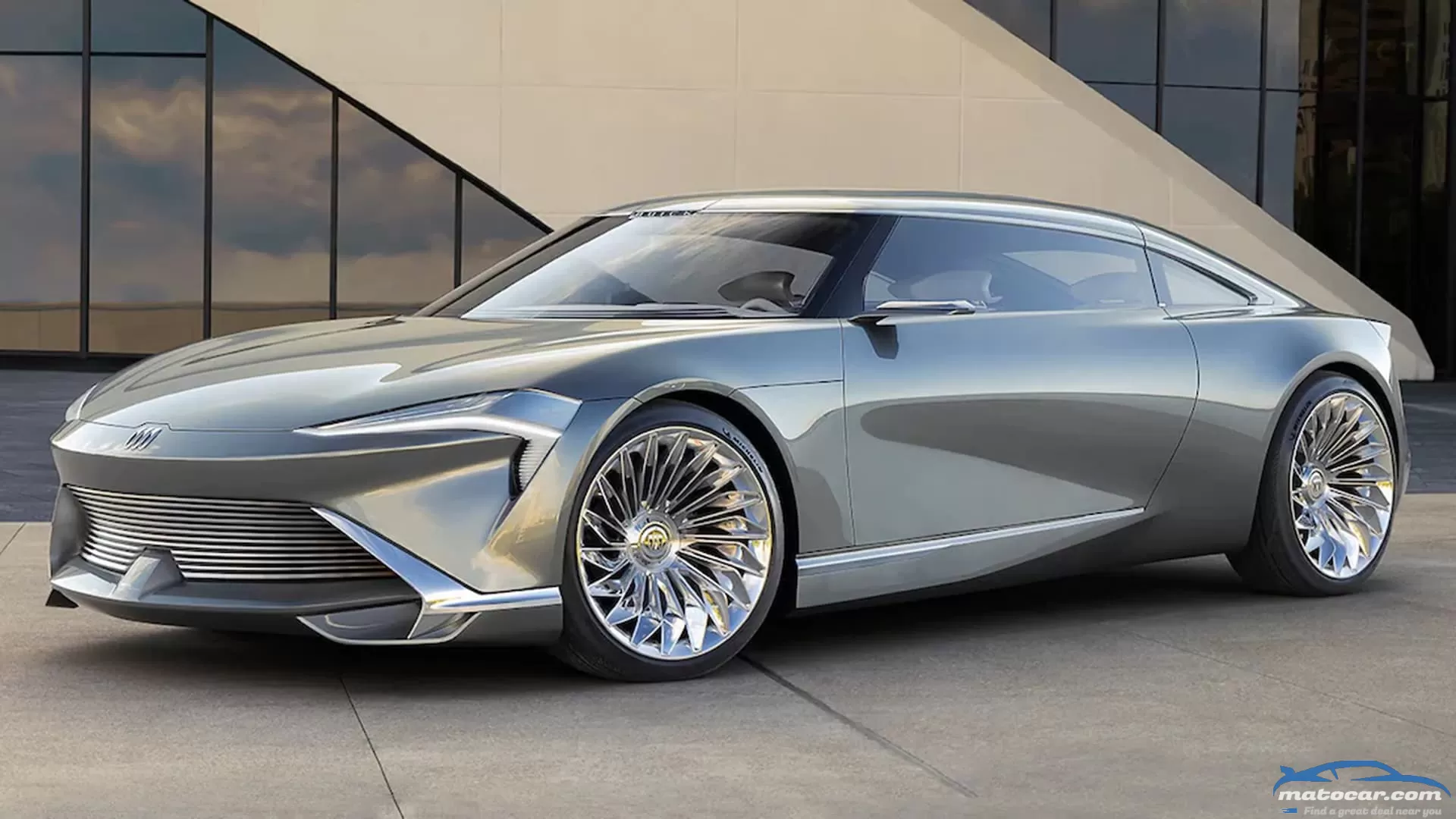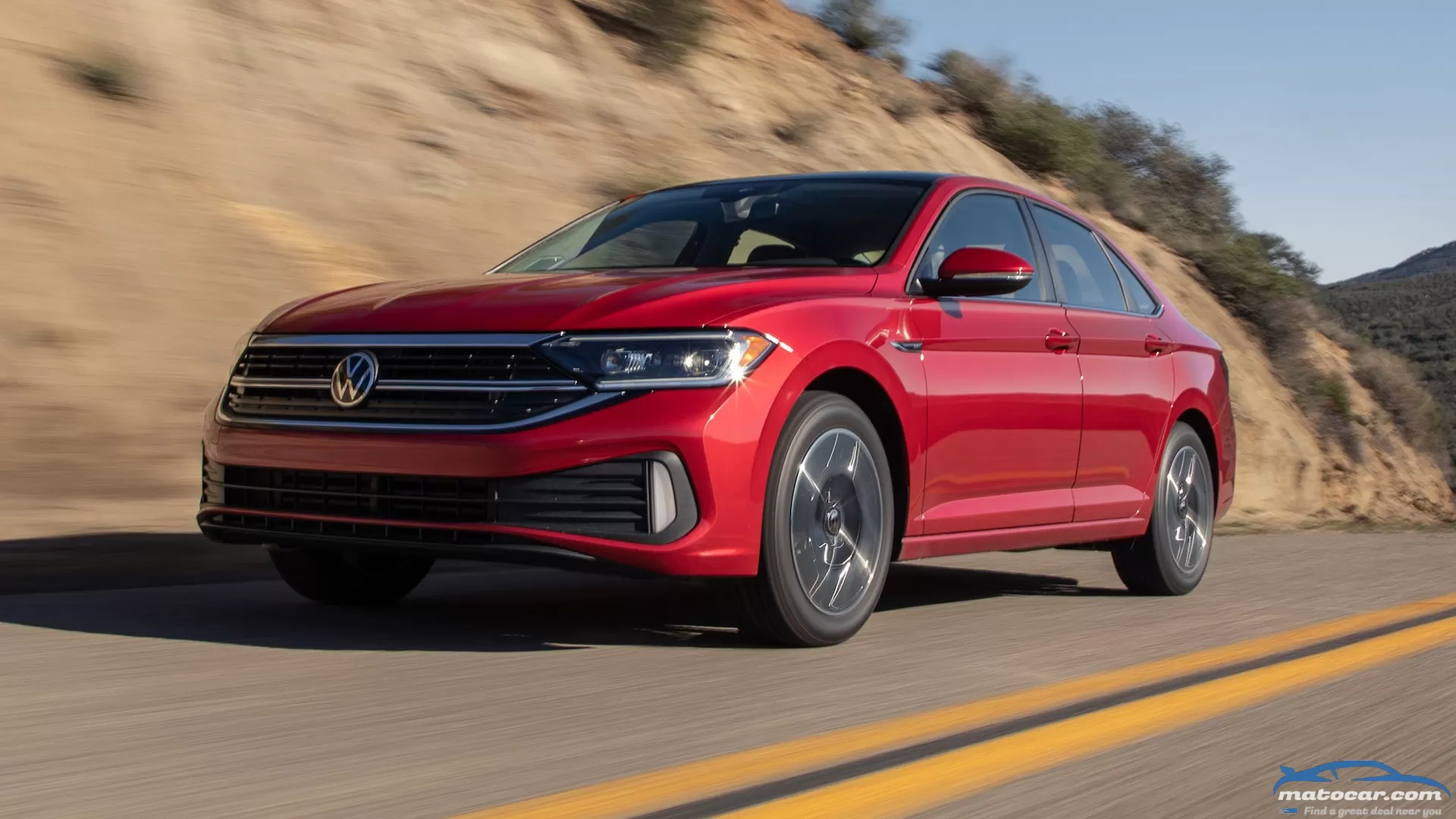1967 Camaro Parked Since 1974 Released From Barn-Jail in Texas

Greg Cope of Holiday, Texas, has always been a big fan of classic American muscle, and he loves trying to find forgotten gems hidden around the state. Yeah, you would think all the really cool (code for: popular) cars have already been found and scooped up, but the truth is that there are still quite a few classics hidden in barns, buried in garages, or just languishing in fields. These "barn finds" are always cool and we love seeing the cars rescued so they can be put back on the road.
Cope already had a 1968 Camaro he had bought off of the original owner back in 1992, but when he heard about this hidden-away 1967 Camaro he didn't hesitate to go check it out. The 1967 Camaro had been parked outside from 1974 to 2004, when it was acquired by the second owner in a trade for a diesel Mercedes then stuffed into a barn.
At first, the '67 appeared to be a big-block car, as it came with a properly date-coded 375 hp 396ci engine said to have been removed from the car, as well as a four-speed trans that was still installed. But Cope knows the drill, so he ran the VIN tag and found the Camaro came from the factory with a straight-six and a three-on-the-tree. It was still a good find, and the price was right, so he rescued the Camaro from barn jail and hauled it home to keep his 1968 Camaro company. As it turns out, the '68 and the '67 were both sold new from the same Texas Chevy dealership.
Cope's original plan was to clean up the '67 and flip it for a quick profit, but his 13-year-old daughter Kendall said she would love it as her first car—nice to see he's raising her right. Given that the Camaro isn't anything rare, the plan is to keep it stock-looking but give it an LS-swap and overdrive trans, along with a Vintage Air kit to tame the Texas heat.
Photos By Greg Cope
Watch! See a 1969 Camaro Built From Start to Finish
Love Camaros and want to see more? Watch as the HOT ROD team builds a complete supercharged and LS-swapped 1969 Camaro in just one week—and finish it off with huge burnouts! For more on the build, here's the full story.
You may also like
The first car the Morgan Motor Company built 113 years ago was a three-wheeler; two wheels up front for steering and stability, and a single drive wheel at the rear. In fact, until 1936 Morgan built nothing but three-wheelers. Over a century later, the all-new 2023 Morgan three-wheeler might be the most important yet.Morgan ended three-wheeler production in 1952 as more affluent post-war customers switched to its four-wheeled sports cars. But the concept was revived in 2012 with the retro-styled 3 Wheeler, which was powered by an air-cooled, American-made S&S V-twin motorcycle engine mounted across the front end—just like the Morgan three-wheelers built until 1939.That car is now being replaced by an all-new three-wheeler that is arguably the single most important new Morgan in history. Unlike the 3 Wheeler, the all-new Morgan Super 3 has been designed from its three wheels up to meet global crash and emissions standards. And the U.S. is one of the car's key target markets.Old School Meets New SchoolPark your preconceptions: The Super 3 is not a Polaris Slingshot with a posh accent and debonair duds. Far from it. The Super 3 aims to capture the fun and free-wheeling spirit of the original Morgan Three Wheelers, light and sporty cars that frequently punched above their weight in motorsport events in the 1920s and '30s. It looks old school. But the clever and innovative engineering underneath is state-of-the-art.The Morgan Super 3 is powered by a naturally aspirated version of Ford's light and compact 1.5-liter, three-cylinder "Dragon" engine, used in turbocharged form in the Ford Bronco Sport, as well as the European-spec Ford Focus and Fiesta hatchbacks. The decision to switch to a car engine was driven by the fact that the previous car's S&S V-twin would struggle to meet future emission standards, and other similar motorcycle engines all had integrated sequential-shift transmissions. Still, there's history here: The F-Series Morgan Three-Wheeler built between 1933 and 1952 was powered by Ford side-valve engines.In the Super 3 the Ford Dragon engine, which drives the single rear wheel through a Mazda MX-5 sourced five-speed manual transmission connected to a bevel box and carbon-fiber reinforced drive belt, makes 118 horsepower at 6,500 rpm and 110 lb-ft of torque at 4,500 rpm. That doesn't sound like much. But as the Super 3 is expected to weigh not much more than 1,400 pounds, Morgan says that's enough grunt to shoot it to 60 mph in less than 7.0 seconds on to a top speed of 130 mph. And with no roof, no doors, optional aero screens, and the road rushing past just under your elbows, that's going to feel very fast.Monocoque Makes Its Morgan DebutThe core of the Super 3 chassis is a super-formed aluminum monocoque, making it the first monocoque Morgan in history. Bolted to the front of it is a large cast aluminum structure that cradles the engine and provides all the pickup points for the multi-link front suspension. The floorplan is a non-structural aluminum piece that's been designed to accommodate future powertrain upgrades, including full electric drive. The single rear wheel is located by a twin beam swingarm with coil-over shocks on either side, and the beetle-backed bodywork enveloping it is more super-formed aluminum.Though modern in its detailing and execution, the Super 3's layout is pure vintage Morgan. Ensuring the engine and cooling system sat no further forward than the front axle centerline while providing enough legroom for occupants drove the entire design.The vertical cast aluminum element at the center of the mesh grille is not for decoration: It connects to the top mount of the Dragon engine. "There's nothing on this car that doesn't need to be there," says Morgan design chief Jonathan Wells. The cast aluminum piece at the rear of the bodywork, for example, not only ties the body structure together, but also provides the hinge for the rear wheel cover, the lower mounting point for the optional CNC-machined luggage rack, a license plate mount, and the location for the fog and reversing lights.The desire to keep the Super 3 as compact as possible—though it measures 72.4 inches across the front wheels, it's only 141.0-inches long overall, just 4.0-inches longer than the 3 Wheeler—meant locating the cooling radiators on either side of the engine. That, in turn, required placing large, rectangular "barge boards" along the side of the car to manage the air flow through them.At first glance they are perhaps the most controversial elements of the design, but Morgan has embraced their presence. A patented clip system—Morgan's first ever patent—allows specially designed hard cases, waterproofed soft bags, or racks to be attached to the side of the car. The clips and the hardware that attaches to them can carry as much as 44 pounds.Clever Design AboundsThe Super 3 has no roof. But the interior has been designed to cope with the elements. The seats can be trimmed in water-resistant leather, or a new vegan technical fabric that is 100 percent waterproof and can be cleaned with bleach. The digital instruments, located in cast aluminum pods at the center of the dash, and all the switchgear are not just waterproof, but will withstand a quick blast from a jetwash.The seats are fixed, both to reduce weight and complexity, but also to ensure the mass of the occupants remains in the same place in the chassis, critical in a three-wheeler. The steering column is reach and rake adjustable, and the floor-hinged pedals can be moved fore-and-aft to accommodate drivers of different sizes, however. The steering wheel is by Moto-Lita, the boutique British manufacturer that supplied everyone from Aston Martin and Austin Healey to Carroll Shelby and Saab in the 1960s and '70s and is still doing business today.The closer you look at the Super 3, the cleverer it is. The two round headlights and horseshoe cowl are vintage Morgan design cues; the cowl's radius is the same as on Morgan's four-wheeled models. But the air intakes at its trailing edge are functional, feeding air into the engine intake. The small structures protruding from each headlight—nicknamed "snail's eyes" by Wells' team—enable the lights to meet global standards for height and side visibility while retaining their vintage-era location low and close to the front axle centerline.The front wheels are flush-face 20-inch alloys shod with 130/90 Avon Speedmaster tires specially developed for the Super 3 by the British specialist tiremaker. Though vintage in appearance right down to the tread pattern, they are radials with a modern rubber compound and are speed rated to 130 mph. The single rear wheel is a 15-inch steel car rim, shod with a 195/65 winter tire to deliver slightly more initial compliance on turn in, and less overall grip to reduce understeer.How Much Is the Custom Built Super 3?As you'd expect of a Morgan, the hand-built Super 3 will be highly customizable, with more than 200 available options. To make life easier for buyers, the company will offer three "character" themes at launch: Contemporary, which combines brighter exterior colors with the dark finish on the wheels and other cast aluminum parts, plus the textile interior; Classic, which has silver wheels and aluminum bits and leather trim in the cockpit; and Touring, which comes with the aero screens, rear luggage rack. and side panniers.Super 3 production is scheduled to start at Morgan's factory on Pickersleigh Road in Malvern, England, in April, and will ramp up to a maximum of 15 cars per week within four to six weeks. The first cars will arrive in the U.S. in the third quarter of this year, priced at about $70,000 to start.
WHAT IT IS: The Buick Wildcat EV concept showcases the brand's new face, logo, and design language for a lineup of future electric vehicles. Each will be called Electra, followed by an alphanumeric designation. Although the Wildcat is a coupe, the upcoming Electra models will be all SUVs (at least initially), beginning with a compact offering in 2024. By 2030, Buick's entire lineup will be badged Electra. Two compact two-row models are planned. One is lower, sportier, more car-like, and geared toward couples; the other rides higher with more cargo room for families.WHY IT MATTERS: GM saved the Buick brand because of its popularity in China, but cool electric SUVs could make it hip in North America and restore some former glory. Besides, the more EVs that share GM's Ultium system of batteries and platforms, the greater the company's ability to reduce costs and keep them more affordable.PLATFORM AND POWERTRAIN: All these new electric vehicles use GM's BEV3 electric architecture and Ultium battery technology developed with partner LG Chem. The first Electra SUV's powertrain could mimic that of the 2023 Cadillac Lyriq, which launches with a single motor in the rear, good for 340 hp, 325 lb-ft of torque, and about 300 miles of range.An all-wheel-drive performance variant should follow in 2023. Buick has shown previous concepts with dual electric motors and a 12-module 100-kWh battery, providing 583 hp, a 0-60-mph time of 4.3 seconds, and about 370 miles of range. When the first production Electra SUV arrives in 2024, it will also feature one-pedal driving, on-demand regenerative braking, and GM's Ultra Cruise hands-free driver assist technology. A giant screen will stretch across most of the cockpit.ESTIMATED PRICE: $55,000EXPECTED ON-SALE DATE: 2024
volkswagen jetta Full OverviewIt might be hard to believe today, but the Volkswagen Jetta used to be the aspirational choice in the compact sedan segment. Travel back in time to the first decade of the 2000s, and amid the Civics, Corollas, Imprezas, Lancers, and Sentras of the world, the Jetta stood out for both its European styling and driving dynamics, as well as its premium, almost Audi-like cabin. Volkswagen of the era was focused on the "democratization of luxury," and the Jetta was at the forefront. Perhaps that's why the updated-for-2022 Volkswagen Jetta SEL is so disappointing.What's New With the 2022 Jetta?To be fair, maybe whatever the millennial equivalent of rose-colored glasses is (atomic purple Gameboys?) may have colored our expectations some. The 2022 Volkswagen Jetta is at its heart a midcycle update of a car one anonymous VW engineer called "boring" after we first drove the prototype back in 2017. When we tested the production model at the 2019 Car of the Year program, we thought the engineer undersold it some. "Cynical," and "forgettable," we called it.The changes to the 2022 Jetta are minor, but VW hopes they're enough to right the ship. The biggest change is under the hood. Gone is the 147-hp, 184-lb-ft 1.4-liter turbocharged I-4, and in its place is a new 1.5-liter turbocharged I-4 borrowed from the Volkswagen Taos crossover. The new four-pot makes 157 hp and the same 184 lb-ft of torque, albeit with that torque available at lower revs than in the outgoing engine. The Jetta's two transmissions, a six-speed manual and optional eight-speed automatic (tested here) carry over unchanged.You'll need to look closely for the 2022 Jetta's other changes. The sedan's nose and tail are subtly revised, and inside there is a digital instrument cluster, contrast stitching, and padded leatherette door armrests. Jetta prices start at $21,190, but our loaded Jetta SEL test car stickers for $29,185.How Quick Is the 2022 Jetta?With 10 new ponies under the hood, the 2022 Jetta is unsurprisingly quicker than pre-refresh models at the test track, accelerating from 0 to 60 mph in 7.6 seconds and through the quarter mile in 15.9 seconds at 88.2 mph. That's about mid-pack among compact sedans, and it's two-tenths quicker to 60 mph and one-tenth quicker at the dragstrip than the last automatic Jetta we tested, a 2019 model.Although the new Jetta is quicker in a straight line than the pre-refresh model, the picture is murkier once we start looking at braking, handling, and fuel efficiency. The updated car needed 127 feet to complete our 60-0-mph panic stop test, 6 feet more than the 2019 Jetta; on the figure eight, it brought in a 27.7-second lap where it averaged 0.61 g, a tenth of a second slower and 0.01 g less than the previous model. The 2022 Jetta is less efficient, too. It's EPA-rated at 29/40/33 mpg city/highway/combined, whereas the old model scored 30/40/34 mpg.Is It Any Better on the Road?The new engine is the best thing about the Jetta on the road. It'll never be mistaken for muscular, but the small 1.5-liter engine has a broad torque curve, and the eight-speed auto never feels shy about keeping the four-pot in its powerband with your foot down. Its only demerit? Some editors complained of inconsistent power delivery, especially at city speeds where the Jetta is prone to both lag and surge—a trait this powertrain also exhibits in the Taos.The Jetta drives a bit like the Taos, too, which makes sense considering it shares its MQB A1 platform with the SUV (the Golf, which was traditionally the hatchback version of the Jetta, rides on the MQB Evo platform). The VW's steering is joyless and vague, which is just as well because the softly sprung ride quickly gets out of sorts when the Jetta is driven with any urgency. Those looking for a more engaging compact sedan could buy a Jetta GLI, but they'll likely be better served by a Golf GTI or one of the Jetta's Japanese or South Korean rivals.A Weak Inside GameWhereas the hot-selling fourth- and fifth-gen Jettas (1999-2005 and 2006-10, respectively) featured cabins that "were rich in materials and textures but also darned well conceived," the interior of today's Jetta SEL is fairly basic, especially compared to its rivals. Once the initial distraction of the Audi-esque digital instrument cluster and front and rear heated seats fades, disappointment is sure to follow. Poking around the interior reveals flimsy, sweaty plastics, "wood grain" trim designed by someone who might never have seen wood before, and button delete panels (on a loaded car, mind you) that hint at features the Jetta could have included but didn't. What are they? Who knows—this Jetta SEL allegedly packs all the goodies.The cost-cutting in the back seat is the biggest letdown. Hop into the spacious rear seat, and the materials go from bad to worse. The few touches of attention to detail from the front of the cabin—chiefly the contrast stitching on the door panels and "wood" trim—are gone. In its place are yet more hard, cut-rate, black plastics. To be fair, some competitors turn down the wick somewhat on their rear-seat materials at lower price points, but here the priciest Jetta's front seat represents a pretty bargain basement starting point.The VerdictIn a crowded field of compact sedans, the Jetta is no longer an aspirational choice. For an expertly balanced mix of a high-quality premium-feeling cabin with satisfying driving dynamics at an affordable price, visit a Honda, Mazda, or Hyundai store. In the shrinking yet ever improving compact sedan segment, the Jetta stands out for, well, not standing out. Sure, the Jetta is fairly big and spacious for its class, but whether you're shopping for a feature-rich commuting appliance or something to spark a little joy, your money goes further elsewhere.Looks good! More details?2022 Volkswagen Jetta SEL (Premium) Specifications BASE PRICE $28,790 PRICE AS TESTED $29,185 VEHICLE LAYOUT Front-engine, FWD, 5-pass, 4-door sedan ENGINE 1.5L Turbo direct-injected DOHC 16-valve I-4 POWER (SAE NET) 158 hp @ 5,500 rpm TORQUE (SAE NET) 184 lb-ft @ 1,750 rpm TRANSMISSION 8-speed automatic CURB WEIGHT (F/R DIST) 3,121 lb (59/41%) WHEELBASE 105.7 in LENGTH x WIDTH x HEIGHT 186.5 x 70.8 x 57.7 in 0-60 MPH 7.6 sec QUARTER MILE 15.9 sec @ 88.2 mph BRAKING, 60-0 MPH 127 ft LATERAL ACCELERATION 0.82 g (avg) MT FIGURE EIGHT 27.7 sec @ 0.61 g (avg) EPA CITY/HWY/COMB FUEL ECON 29/40/33 mpg EPA RANGE, COMB 435 miles ON SALE Now Show All




0 Comments